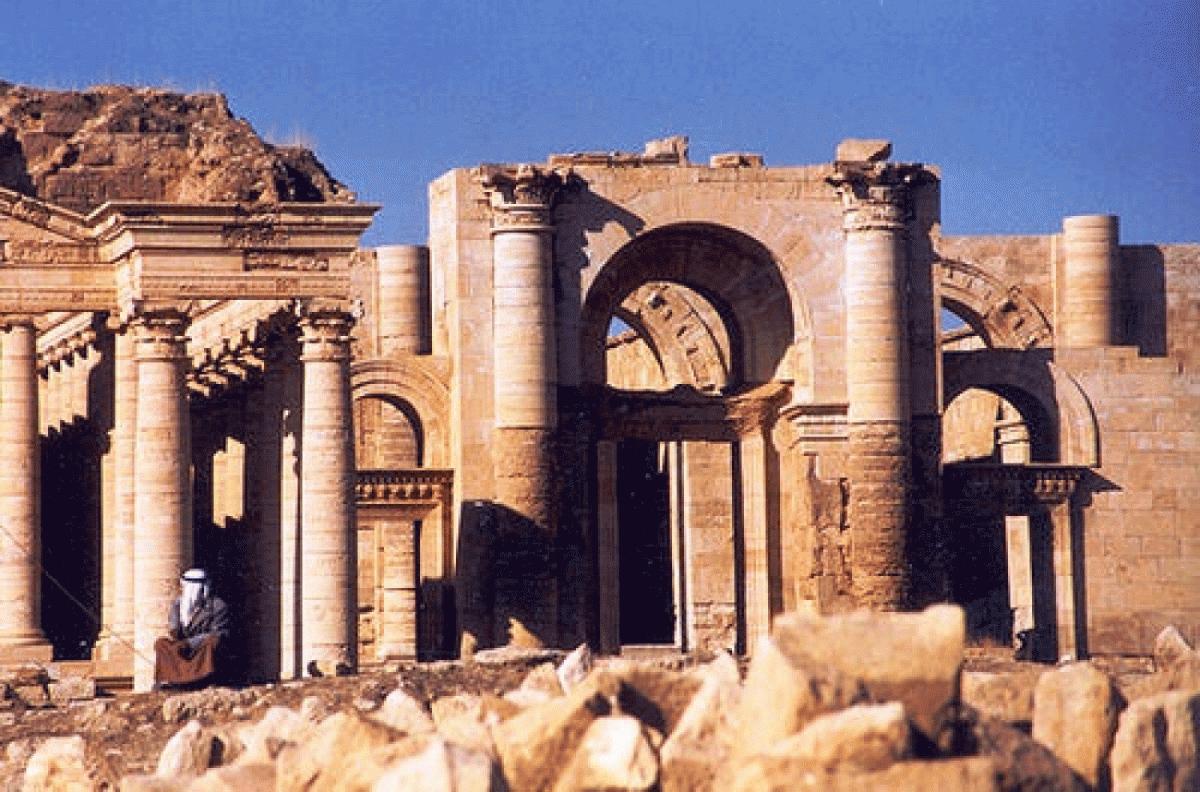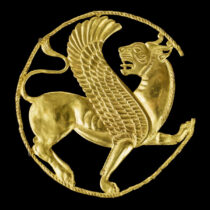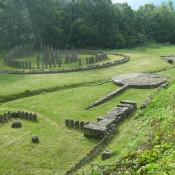Well-known for its high walls full of inscriptions and watchtowers dotted around the fortified city, Parthian Hatra, about 290 km (180 mi) northwest of Baghdad and 110 km (68 mi) southwest of Mosul, Iraq, is now in the verge of disaster.
The region of Hatra become part of the Persian Empire in 539 BC, to become a key city during the third Persian dynastic Empire, the Parthians (248 BC-224 AD). It withstood repeated attacks and played an important role during the Second Parthian War against the Romans. It repulsed the sieges of both Trajan (116/117) and Septimius Severus (198/199). After the fall of the Parthian dynasty, Hatra was included into the new dynastic Empire, the Sasanians in 224 AD. The region remained Persian over 1100 until 637 AD when it was invaded by the Arab Muslims.The ancient city was inscribed on the UNESCO World Heritage List in 1985, the first such site in nowadays Iraq.
For the past decade of unrest following the 2003 US-led invasion, the ancient Persian city has been suffering from inadequate excavations and maintenance and few tourists have ventured into the historic site.
Around the temples and ruined walls of Hatra where Persian architecture and decorative features blended with the Roman art, several Iraqi interior ministry policemen stood idly with rifles in hand, guarding a sprawling and virtually empty site.
“Tourists stopped visiting the site years ago because of the insecure situation in the area, even foreign archaeological teams’ safety cannot be ensured,”says a local security source. Lack of security is explained due to fears of regular attacks by armed groups, particularly the Saudi Arabia sponsored terrorist group al-Qaida, which considers antiquities like the statues are prohibited in the Islamic Sharia law.




